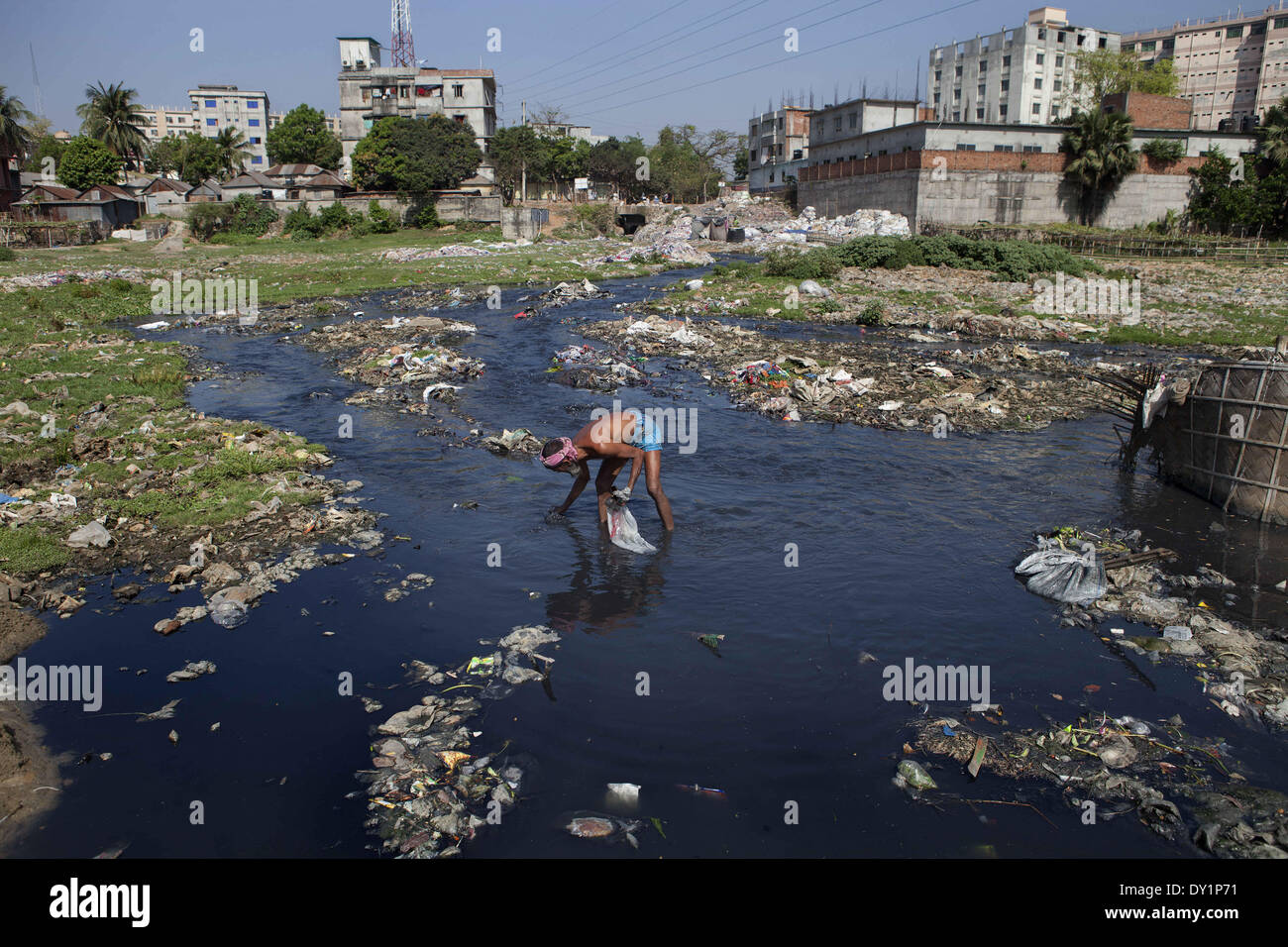Exactly How Liquid Garbage Disposal Functions: A Detailed Overview of Strategies and Technologies Utilized

Review of Fluid Waste Kind
The complexity of liquid waste types necessitates a comprehensive understanding of their qualities and ramifications for disposal. Liquid waste can generally be categorized into numerous types, including industrial, municipal, farming, and hazardous waste. Each group shows unique buildings, calling for certain administration techniques to reduce environmental and wellness dangers.
Industrial liquid waste originates from making processes and frequently contains a series of impurities, such as heavy metals, solvents, and natural compounds. Municipal fluid waste, mainly making up wastewater from homes and commercial facilities, has organic matter, nutrients, and virus (industrial wastewater treatment). Agricultural fluid waste, including runoff from ranches, may have plant foods, pesticides, and pet waste, positioning threats to water high quality and communities
Hazardous liquid waste is identified by its poisoning, reactivity, or prospective to trigger injury. Understanding these diverse fluid waste kinds is crucial for establishing reliable disposal approaches and ensuring compliance with environmental guidelines.
Physical Therapy Approaches

Screening is the preliminary step, where larger particles and particles are gotten rid of from the fluid waste utilizing screens or grates. This process protects downstream tools from damages and makes certain smoother procedure. Adhering to screening, sedimentation utilizes gravitational force to different solids from fluids. In sedimentation storage tanks, heavier particles resolve at the base, developing a sludge layer, while the clarified liquid can be more treated.
Filtering is another essential approach that involves passing the fluid via porous products, such as sand or membranes, to record smaller particles. This step improves the quality of the liquid, making it ideal for succeeding therapy processes.

Chemical Treatment Methods
Chemical treatment strategies are necessary for effectively handling fluid waste, specifically in addressing dissolved and colloidal contaminants that physical approaches might not appropriately get rid of. These strategies utilize various chemical representatives to neutralize, speed up, or change dangerous materials into much less damaging kinds.
One common approach is coagulation and flocculation, where chemicals such as alum or ferric chloride are added to advertise the aggregation of suspended particles. This procedure enhances sedimentation, enabling look at here for less complicated elimination of the resulting sludge. Additionally, oxidation procedures, utilizing representatives like chlorine or ozone, are employed to break down intricate organic substances and pathogens, rendering the waste much safer for discharge or further treatment.
Neutralization is one more important strategy, which adjusts the pH of acidic or alkaline waste streams to neutral degrees, protecting against possible harm to downstream systems and the setting. Furthermore, advanced oxidation processes (AOPs) make use of combinations of oxidants and ultraviolet light to deteriorate relentless pollutants, attaining a higher degree of treatment efficiency.
Biological Treatment Processes
Organic therapy procedures play a critical duty in the administration of liquid waste by reference utilizing bacteria to break down raw material and decrease impurity levels. These procedures can be extensively categorized into anaerobic and cardio treatments, each employing certain microbial neighborhoods to accomplish effective waste deterioration.
Cardio treatment involves the use of oxygen to facilitate the breakdown of organic materials by bacteria. This procedure is commonly applied in activated sludge systems, where oygenation tanks give a helpful environment for microbial development, leading to the oxidation of natural toxins. The resultant biomass can be divided from treated effluent through sedimentation.
In contrast, anaerobic treatment occurs in the lack of oxygen, counting on different bacteria to break down raw material. This approach is particularly useful for high-strength waste, as it creates biogas, a renewable resource resource, while minimizing sludge manufacturing. her explanation Technologies such as anaerobic digesters are often used in industrial and local applications.
Both aerobic and anaerobic biological therapies not only minimize the ecological effect of fluid waste yet also help with source recovery, making them important components of lasting waste administration techniques. Their versatility, effectiveness, and performance sustain their extensive implementation across various sectors.
Emerging Technologies in Disposal
Ingenious approaches to fluid waste disposal are quickly evolving, driven by innovations in technology and an enhancing focus on sustainability. Among these arising modern technologies, membrane bioreactors (MBRs) have actually gotten grip for their capability to combine organic treatment with membrane filtration, causing top notch effluent that can be recycled in different applications. MBRs enable smaller sized footprints and much more reliable procedures contrasted to conventional systems.
An additional promising development is making use of anaerobic digestion integrated with nutrient recovery technologies, which not just treats fluid waste but also generates biogas and recuperates important nutrients like nitrogen and phosphorus. This twin advantage boosts source efficiency and lowers ecological influence.
In addition, progressed oxidation procedures (AOPs) are being embraced for the deterioration of complex organic pollutants. These approaches make use of effective oxidants and drivers to break down contaminants at the molecular degree, supplying a very efficient service for challenging waste streams.
Moreover, the assimilation of fabricated knowledge and artificial intelligence in waste management systems is maximizing functional efficiency and anticipating maintenance, resulting in reduced prices and enhanced environmental conformity. These innovations mirror a substantial shift in the direction of more effective and lasting liquid garbage disposal methods.
Conclusion
In final thought, reliable liquid waste disposal requires a comprehensive understanding of different strategies and technologies. By constantly progressing these techniques, it becomes possible to deal with the expanding obstacles linked with liquid waste, ultimately contributing to environmental security and resource recovery.
Liquid waste disposal is an essential aspect of environmental management, needing a detailed understanding of numerous strategies and modern technologies customized to different waste types. Liquid waste can broadly be categorized into several types, including industrial, community, agricultural, and dangerous waste. Agricultural liquid waste, including runoff from farms, may contain fertilizers, pesticides, and pet waste, posturing threats to water top quality and ecosystems.
Various physical therapy approaches play a critical duty in taking care of fluid waste properly - industrial wastewater treatment.In verdict, efficient liquid waste disposal requires an extensive understanding of various strategies and modern technologies